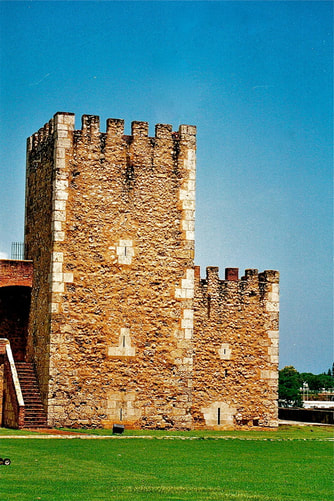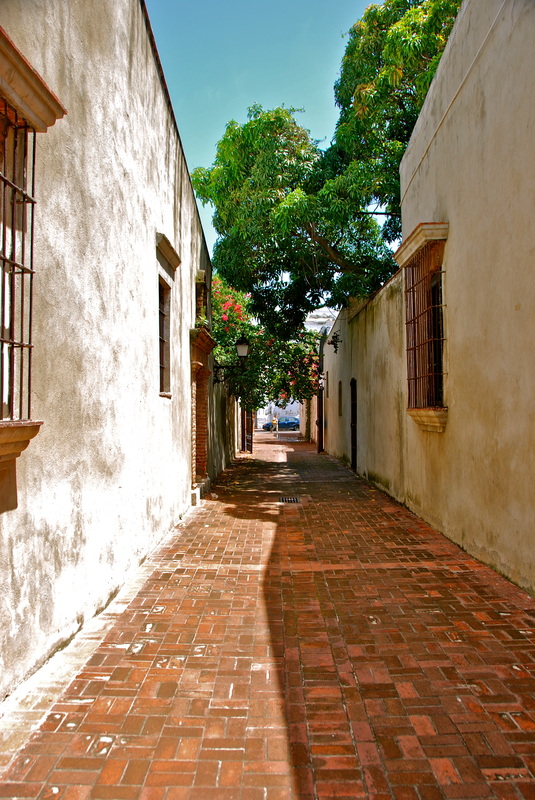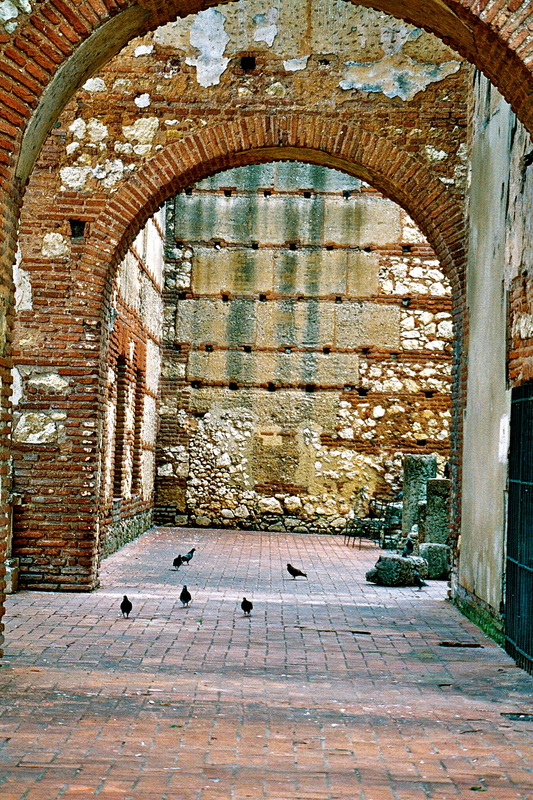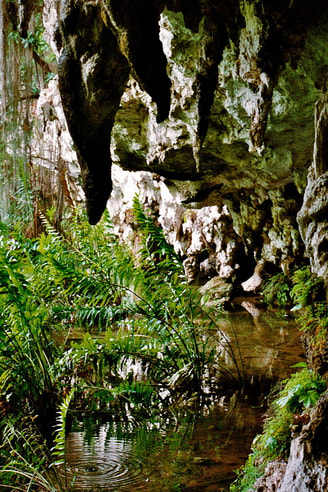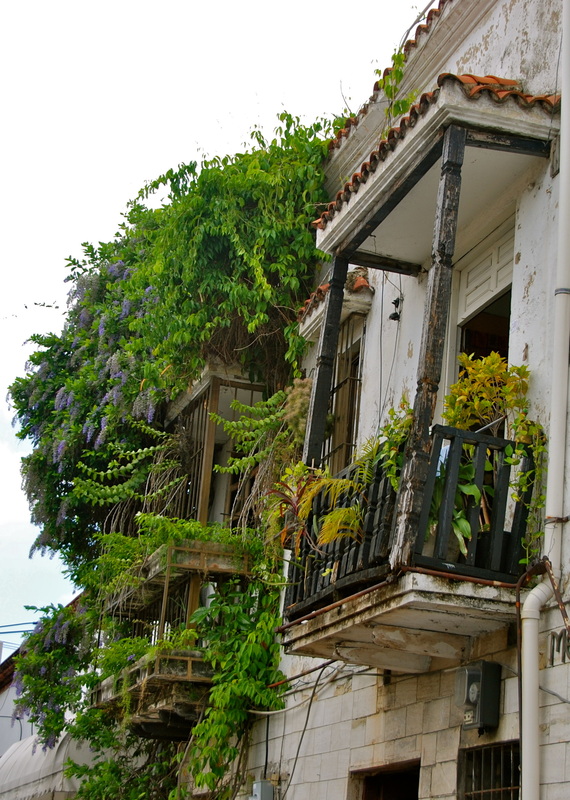13. America’s Cradle
|
By Miguel Pérez
SANTO DOMINGO, Dominican Republic — September 1, 2009 — You tour the "colonial zone" and hear the names of the many amazing people who have lived here, at least for a while, on their way to discovering, exploring and settling the United States and the rest of the Americas. Amid the Spanish architecture of the 16th century, your guide introduces you to the Santa Maria la Menor Cathedral, the Western Hemisphere's first church, and many of the first paintings and religious ornaments to arrive in the New World. You visit El Alcazar de Colon, the museum that once was the home of the Columbus family. You walk on the cobblestone "Calle de las Damas," the hemisphere's first street, and not far from there, you also walk through caves where the native Tainos would hide from their Spanish conquerors. And that's when you really understand why they call this city the "Cradle of the Americas." "This is where it all began," Dominicans tell you. "The American experience began here." Of course, they are referring to the entire American hemisphere. But yes, here in the capital of the Dominican Republic, with their eyes they see — and through their Spanish roots they feel — the place from which even the United States was born. When Dominicans and other Latin Americans migrate to the United States, they take that sense of history with them. Even if they are further educated in the United States, where history hides North America's Hispanic roots, they cannot forget the lessons learned in all the "zonas coloniales" throughout the Americas. In fact, when Latino-Americans return to the homelands of their ancestors, these are the areas they visit to recharge their ethnic batteries. In Santo Domingo's "zona colonial," Puerto Rico's "Viejo San Juan," Cuba's "Habana Vieja," Cartagena's "Ciudad Amurallada," Merida, Mexico's, "Zocalo," Guatemala's "Antigua," Peru's "Colonial Quito" and many other such places in Spanish colonial cities, we are reminded that it was our Spanish ancestors who also first explored and settled a huge portion of current U.S. territory. When you walk on these streets, you are following the paths of huge historical figures. You can feel the same breeze that helped Christopher Columbus sail on to further exploration in Central America and South America. It is here that Hernando Cortes planned his 1519 expedition to Mexico, leading to the conquest of the Aztec empire. This is the port that launched Francisco Pizarro before he discovered the Pacific Ocean and conquered the Incan empire in Peru. It is from here that Rodrigo de Bastidas went on to settle Santa Marta, Colombia, and Diego Velazquez went on to explore and settle Cuba and Juan Ponce de Leon went on to explore and govern Puerto Rico. Ponce de Leon also discovered a "Florida" that was much bigger than the current state of Florida. "Ponce de Leon lived here," Ramon Pimentel, my colonial zone guide told me, pointing to an old Spanish home. "He lived here long before he discovered the land now known as the United States." "How true!" I thought. Ponce de Leon is credited only for discovering Florida, but on European maps in the 16th century, Florida extended throughout most of the North American territory. Shouldn't we give him credit for discovering the United States? In fact, in 2013, when the anniversary of his "Florida discovery" arrives, shouldn't we be celebrating America's quincentennial? In 1976, we celebrated our bicentennial, which commemorated the 200th anniversary of our Declaration of Independence. The many events related to that celebration were outstanding, truly fantastic — especially because they helped many Americans reconnect with their proud history. Well, here's yet another opportunity to reconnect with yet another portion of our American history, the portion that has been practically hidden, the history of Ponce de Leon and the millions of other Hispanics who followed him to North America. Next week, from Ponce de Leon's neglected grave in Old San Juan, Puerto Rico, we'll take a look at our upcoming American quincentennial and the reasons that no one seems to be preparing for a big celebration. To find out more about Miguel Perez and read features by other Creators Syndicate writers and cartoonists, visit the Creators Syndicate Web page at www.creators.com. COPYRIGHT 2009 CREATORS.COM Published at Creators.com - America’s Cradle - on September 1, 2009. |
In Spanish
|



